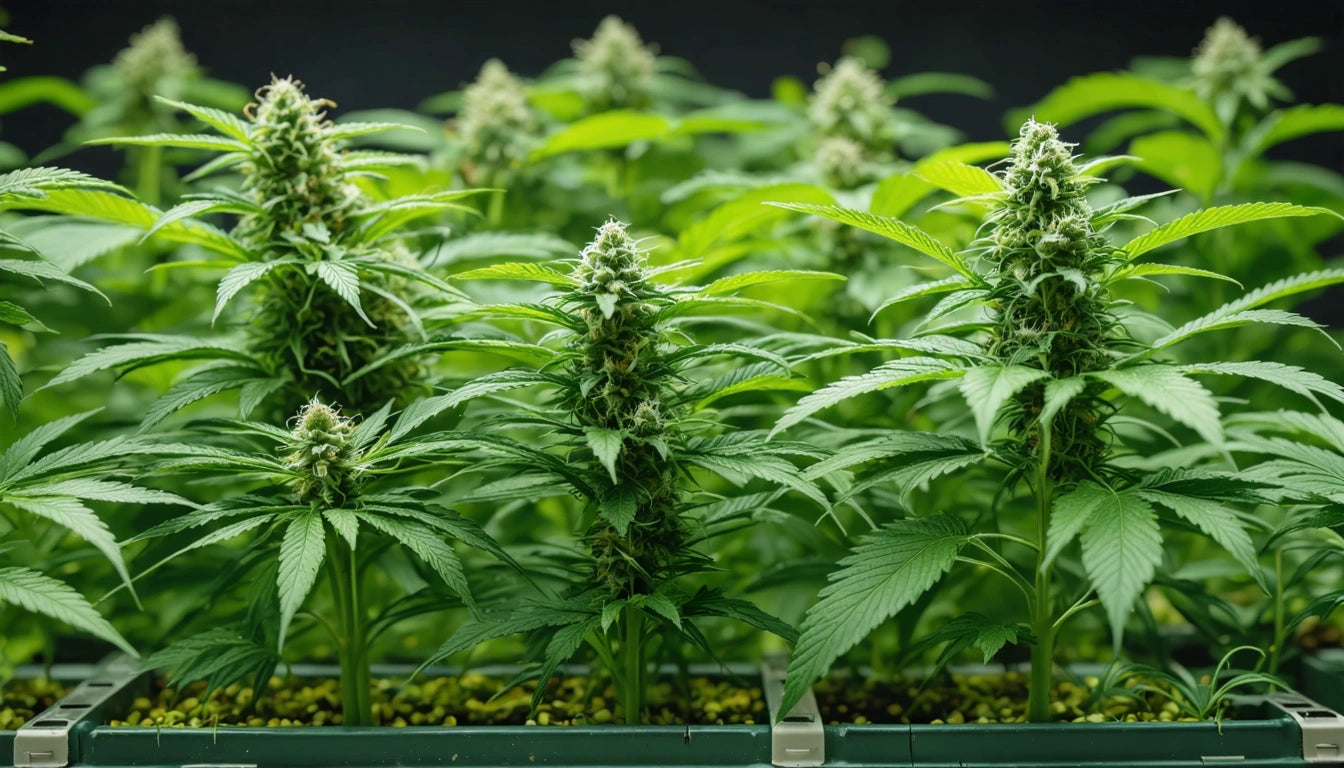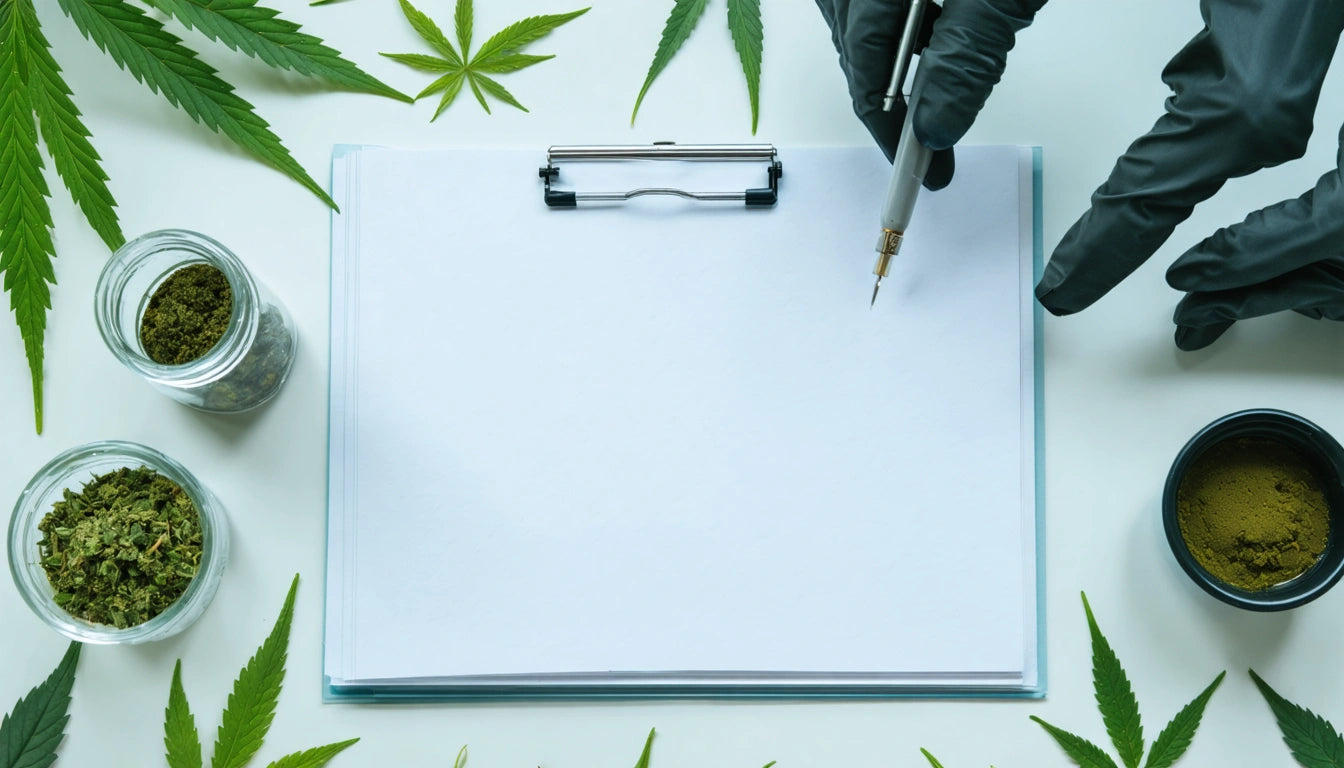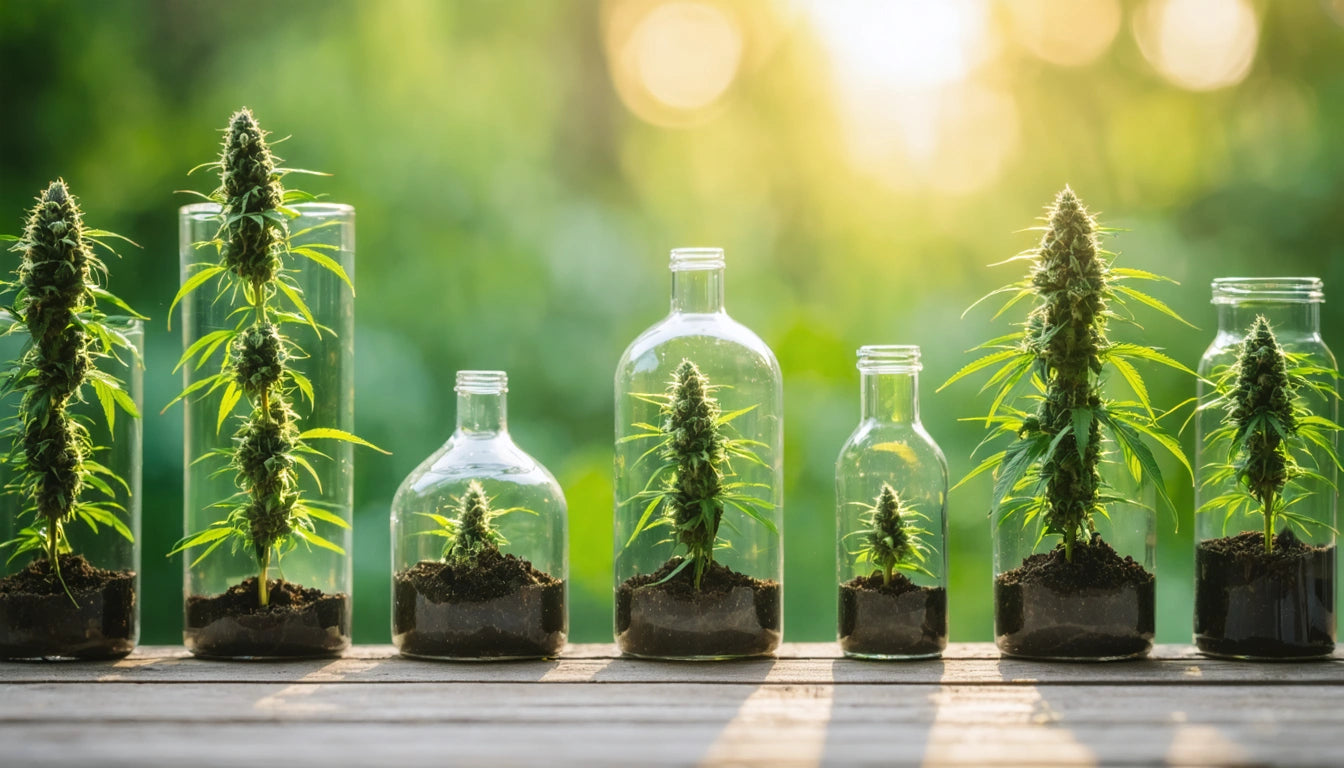- Benefits of Indoor Weed Cultivation
- Essential Equipment for Indoor Growing
- Selecting Quality Cannabis Seeds
- Germination Techniques
- Setting Up Your Grow Space
- Lighting Requirements
- Soil and Nutrients
- Watering and Feeding Schedule
- Plant Training Methods
- Troubleshooting Common Issues
- Harvesting, Drying, and Curing
- Maximizing Your Indoor Growing Potential
The Ultimate Guide to Growing Weed Indoors From Seed
Growing cannabis indoors from seed offers unparalleled control over your plants' environment, allowing for year-round cultivation regardless of climate. This comprehensive guide walks you through every stage of how to grow weed inside, from germination to harvest, ensuring successful results even for beginners.
Benefits of Indoor Weed Cultivation
Indoor growing provides several advantages over outdoor cultivation. When you learn how to grow weed indoors from seed, you gain complete control over light cycles, temperature, humidity, and pest management. This control typically results in more potent cannabis with higher THC levels and better terpene profiles. Additionally, indoor growing offers privacy and security that outdoor gardens cannot match.
Essential Equipment for Indoor Growing
Before starting your indoor garden, gather these essential items:
- Grow tent or dedicated space
- Grow lights (LED, HPS, or fluorescent)
- Ventilation system with fans
- Temperature and humidity monitors
- Pots or containers (fabric pots recommended)
- Growing medium (soil, coco coir, or hydroponic setup)
- Nutrients formulated for cannabis
- pH testing kit and adjusters
- Watering can or irrigation system
- Trimming scissors and quality grinding equipment for processing your harvest
The initial investment may seem substantial, but quality equipment pays dividends through multiple growing cycles.
Selecting Quality Cannabis Seeds
Success begins with quality genetics. When choosing seeds, consider:
Strain Selection
Choose strains based on your experience level, available space, and desired effects. For beginners learning how to grow a weed plant indoors from a seed, indica-dominant varieties often prove easier due to their compact size and shorter flowering period.
Seed Quality Indicators
Look for dark, tiger-striped seeds with a hard outer shell. Avoid pale, green, or cracked seeds, which typically indicate immaturity or damage.
Germination Techniques
Understanding how to plant weed seeds indoors starts with proper germination. The paper towel method remains popular for its simplicity and effectiveness:
- Place seeds between damp paper towels on a plate
- Cover with another plate to create darkness and retain moisture
- Keep in a warm location (70-85 °F)
- Check daily until taproots emerge (typically 2-7 days)
- Carefully transfer to growing medium with taproot pointing down
Alternatively, you can germinate directly in soil or use seed starter cubes for a more straightforward approach.
Setting Up Your Grow Space
The best way to grow weed indoors involves creating an optimal environment. Your grow space should be:
- Clean and sterilized before use
- Light-tight to prevent light leaks during dark periods
- Well-ventilated with proper air circulation
- Equipped with reflective walls to maximize light efficiency
- Large enough to accommodate plant growth (remember plants can triple in size during flowering)
A 4x4 foot tent can comfortably house 4-6 plants, depending on training techniques and container sizes.
Lighting Requirements
Lighting is perhaps the most critical factor when learning how to grow indoor weed plants. Cannabis requires different light cycles during various growth stages:
Vegetative Stage
Provide 18-24 hours of light daily to promote healthy vegetative growth for 4-8 weeks.
Flowering Stage
Switch to a 12/12 light/dark cycle to trigger and maintain flowering until harvest (typically 8-12 weeks).
LED lights have become the standard for indoor growers due to their energy efficiency, low heat output, and full-spectrum capabilities. For a small grow, a 600W equivalent LED can effectively cover a 4x4 foot area.
Soil and Nutrients
Cannabis thrives in slightly acidic soil (pH 6.0-6.5) rich in organic matter. Pre-mixed cannabis soils often contain enough nutrients for the first few weeks of growth. As plants develop, they require different nutrient ratios:
- Vegetative stage: Higher nitrogen (N)
- Flowering stage: Higher phosphorus (P) and potassium (K)
Start with half-strength nutrient solutions and increase gradually, watching for signs of nutrient burn or deficiencies.
Watering and Feeding Schedule
Proper watering is crucial when learning how to grow weed fast indoors. Rather than following a strict schedule, water when the top inch of soil feels dry. Always allow for proper drainage to prevent root rot.
A good rule for feeding is to alternate between nutrient water and plain pH-adjusted water to prevent salt buildup. Flush plants with plain water two weeks before harvest to improve flavor.
Plant Training Methods
Training techniques help maximize yield in limited spaces:
Low-Stress Training (LST)
Gently bend and secure branches horizontally to create an even canopy and multiple top colas.
Screen of Green (SCROG)
Use a screen to spread branches horizontally, creating an even canopy that maximizes light exposure.
Topping and FIMing
Remove or pinch growth tips to encourage plants to develop multiple main colas instead of a single central stem.
Troubleshooting Common Issues
Even experienced growers encounter problems. Here are solutions to common issues when learning how to grow a indoor weed plant:
- Yellow leaves: Often indicates nitrogen deficiency or overwatering
- Curling leaves: Usually heat stress or light burn
- Spotted leaves: Potential pest infestation or nutrient deficiency
- Stretchy plants: Insufficient light intensity
- Slow growth: Temperature issues or root problems
Maintain a grow journal to track problems and solutions for future reference.
Harvesting, Drying, and Curing
Timing your harvest correctly significantly impacts potency and effects. Look for these harvest indicators:
- Pistils darkening from white to orange/brown (70-90%)
- Trichomes turning cloudy (peak THC) or amber (more sedative)
- Fan leaves yellowing naturally
After harvesting, dry buds slowly in a dark room at 60-70 °F with 45-55% humidity for 7-14 days. Follow with curing in glass jars for at least two weeks, opening jars daily to release moisture.
Maximizing Your Indoor Growing Potential
As you gain experience with how to grow weed from seeds indoors, consider these advanced techniques to improve results:
- Implement automated systems for lighting, watering, and climate control
- Experiment with different training techniques to find what works best for your space
- Keep mother plants for cloning to preserve genetics you enjoy
- Consider perpetual harvests by maintaining separate vegetative and flowering spaces
- Track data across grows to refine your approach based on results
Remember that growing cannabis is both a science and an art. While this guide provides the framework for how to grow weed inside successfully, each grow environment is unique, and adapting to your specific conditions is key to mastering indoor cultivation.
With patience, attention to detail, and a willingness to learn, you'll soon be harvesting quality cannabis from your own indoor garden regardless of outside conditions or seasons.











Leave a comment
All comments are moderated before being published.
This site is protected by hCaptcha and the hCaptcha Privacy Policy and Terms of Service apply.